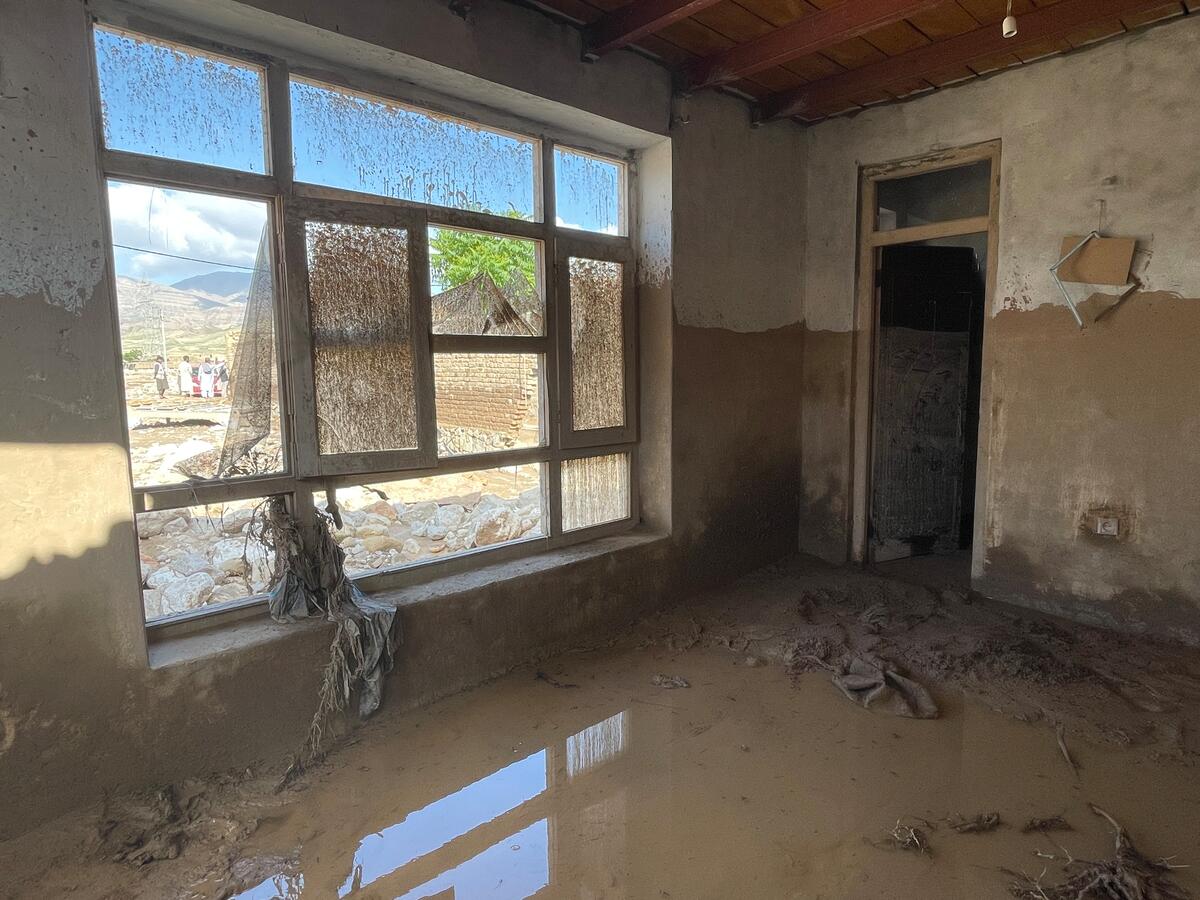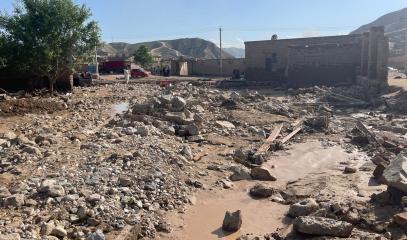Floods in Afghanistan leave tens of thousands homeless
The death toll reached 300, while the Taliban are unable to report the number of missing. Several residents said they have lost everything, while pneumonia and diarrhoea are spreading among children due to the lack of drinking water. The delivery of aid is complicated by the collapse of bridges and roads. The dry winter made the soil impermeable, causing landslides and flooding.
Kabul (AsiaNews) – Since 10 May, heavy rains have wreaked havoc in 21 districts in northeastern Afghanistan. Save the Children reports that 40,000 children have been left homeless in Baghlan, the most affected province.
The death toll stands at 300, according to the United Nations World Food Programme (WFP), including at least 51 children, UNICEF added.
Pope Francis referred to the tragic situation today in his weekly general audience, urging the international community to provide aid.
Several humanitarian organisations are on the ground, but "communications are cut off, and we are unable to talk to our colleagues," an Italian aid worker told AsiaNews.
Taliban authorities have reported that more than 12,000 homes have been damaged or destroyed, affecting about 80,000 people, but the figures do not correspond to those of international agencies.
Bridges, roads, schools, and hospitals have collapsed. Health services have been suspended in at least 11 health facilities in Baghlan and Takhar provinces, putting pressure on those that are still operational.
Damages to infrastructure are making it hard for international agencies and NGOs to reach survivors.
Most of Baghlan is inaccessible, a WFP spokesperson said, noting that they are resorting to all possible alternatives to bring food to survivors.
Diseases like pneumonia and diarrhoea have already spread among children in Murghab district, due to the lack of drinking water.
“We people are perishing, we have no way out, no bread, no water, and no shelter. If no help comes our way, we will perish,” said a resident.
“Just in the blink of an eye, I lost everything: family, home, belongings, now nothing is left to me,” said Mohammad after he found the bodies of his wife and sons on the outskirt of Puli Khumri, the capital of Baghlan province. "I hope someone has found my daughters alive.”
Abdul Ghani Baradar, acting Deputy Prime Minister of the Islamic Emirate of Afghanistan, after visiting the affected areas on 13 May, admitted that the number of victims and the level of destruction are much higher than initially thought.
In addition to shelter, medicine, and drinking water, heavy equipment, ambulances, and fuel are in short supply to remove debris and transport the wounded.
For the central Asian country, this is the latest disaster in a series, aggravated by decades of war and the inability of the Taliban regime, which came to power in August 2021, to cope with climate emergencies.
While rescue operations continue, the number of missing people has not yet been determined, while at least 6,000 families have been displaced, said Alam Majidi, spokesman for Baghlan provincial governor.
“Our request to the government is to help us. We have nothing and are in need of assistance,” one resident from Sheikh Jalal village told ToloNews. “We had agricultural lands and were farmers, all destroyed,” lamented another.
About 80 per cent of Afghanistan's population of more than 40 million people depends on farming, but a relatively dry winter has made the soil impervious to rainfall, causing landslides and flooding.
According to the United Nations, more than 30,000 people have suffered from violent floods across the country in 2024 alone. In April, at least 70 people died in flooding, or closer to a hundred according to the Taliban.
(Photo: Ummay Habiba/Save the children)
04/01/2008








.png)










